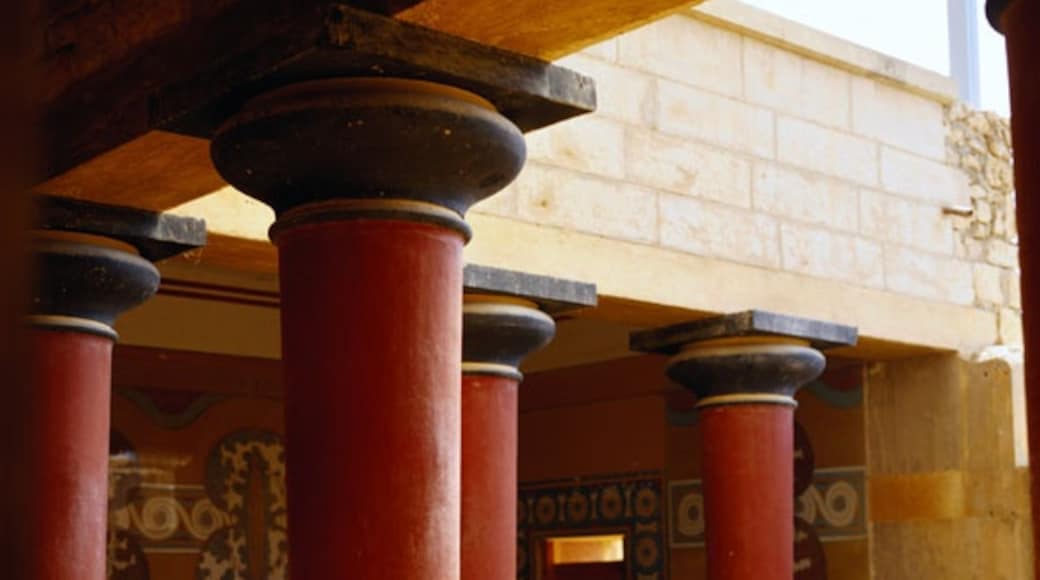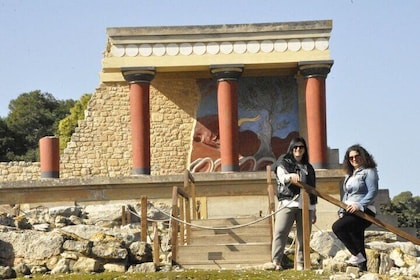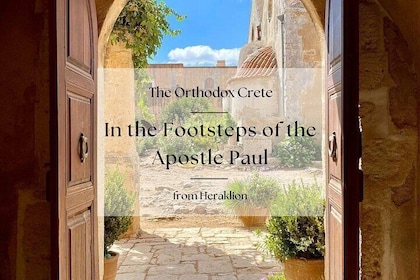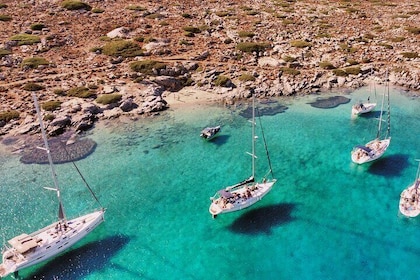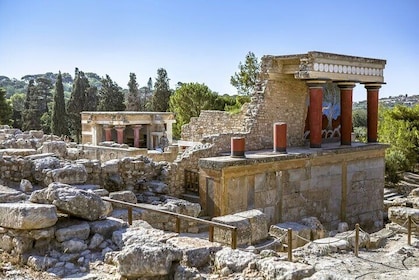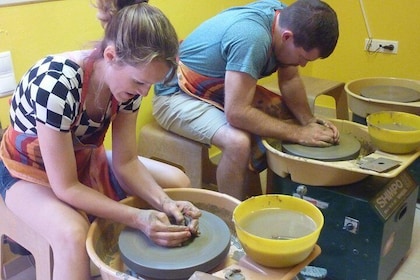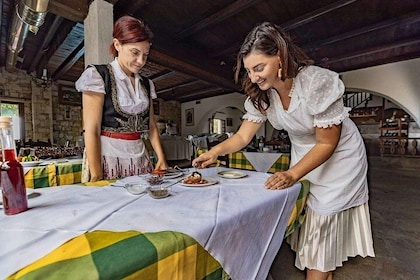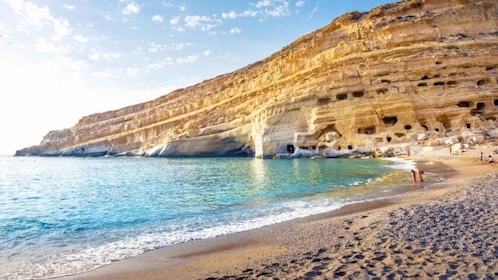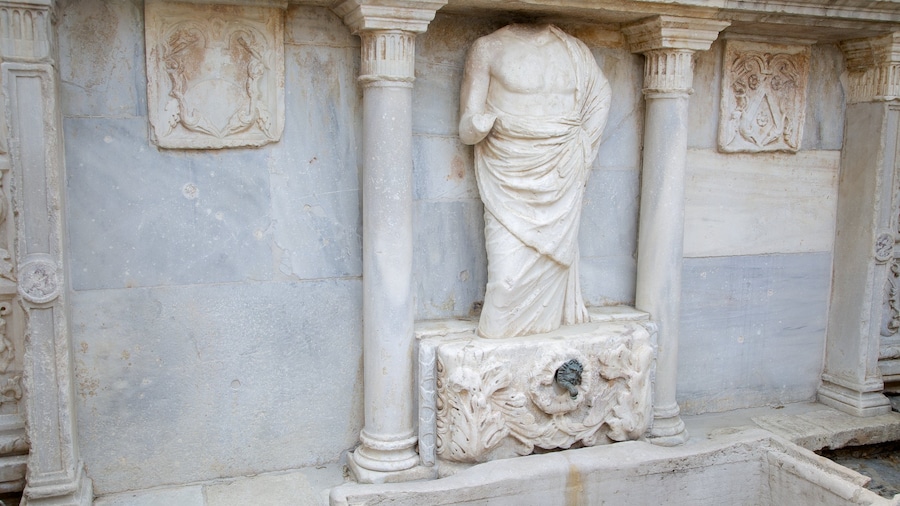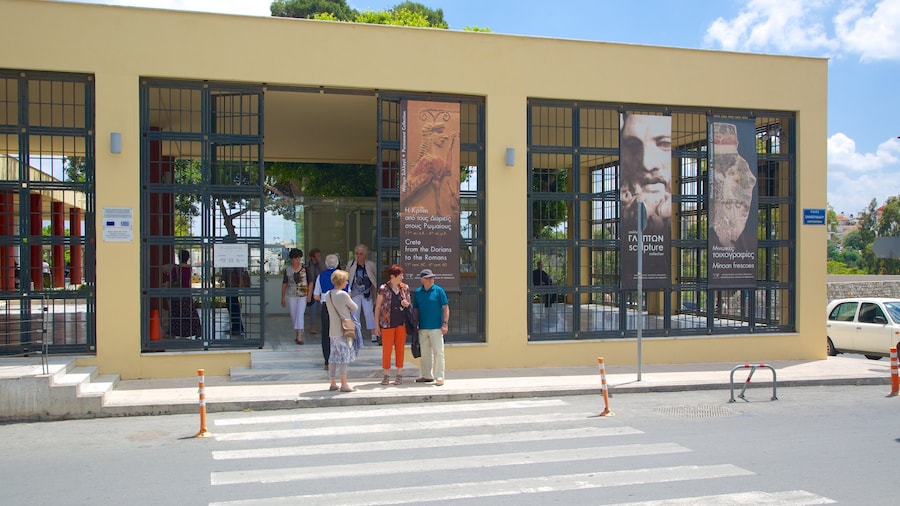The Palace of Knossos was significant in ancient Greek mythology and is one of the great sites in Cretan history. Explore this captivating palace and delve into the countless great stories associated with the old Minoan capital. Once an icon of Crete’s great Bronze Age civilisation, this monument is now an engrossing archaeological site.
Knossos has been referred to as the oldest city in Europe. It was the political and religious capital of the Minoan civilisation, which thrived on the island of Crete throughout the Bronze Age. According to Greek legend, the Palace of Knossos was the home of King Minos. Minos was generally known for his wisdom and good judgement, and he became one of the three judges of the dead in the underworld.
King Minos’s great palace was destroyed in 1375 B.C., and the Minoan civilisation fell in turn. In 1900, however, the city was discovered by the English archaeologist Arthur Evans. Since then, a long and sometimes controversial project of excavation and restoration has transformed the ruined palace into one of Europe’s most significant historical attractions.
As you arrive in the Grand Palace, take a moment to admire the lavish decoration of the Royal Apartments. The Queen’s Suite is home to an impressive dolphin fresco as well as her famous “flushing” toilet. Up in the King’s Chamber, look out for the double-axe symbol he had carved into the brickwork.
Cross to the palace’s northwestern corner to see the well-worn stone throne of the Throne Room. Stop by the workshops, where the artisans of the palace – Daedalus, perhaps, among them – made their master works. Don’t miss the grand Priest King fresco, which overlooks the south central courtyard, and appreciate the great age of the Royal Road outside.
The Palace of Knossos is open every day of the week but closed on holidays. Entrance will cost you a small fee. The site is located 5 kilometres (3 miles) from Heraklion, an easy drive.
